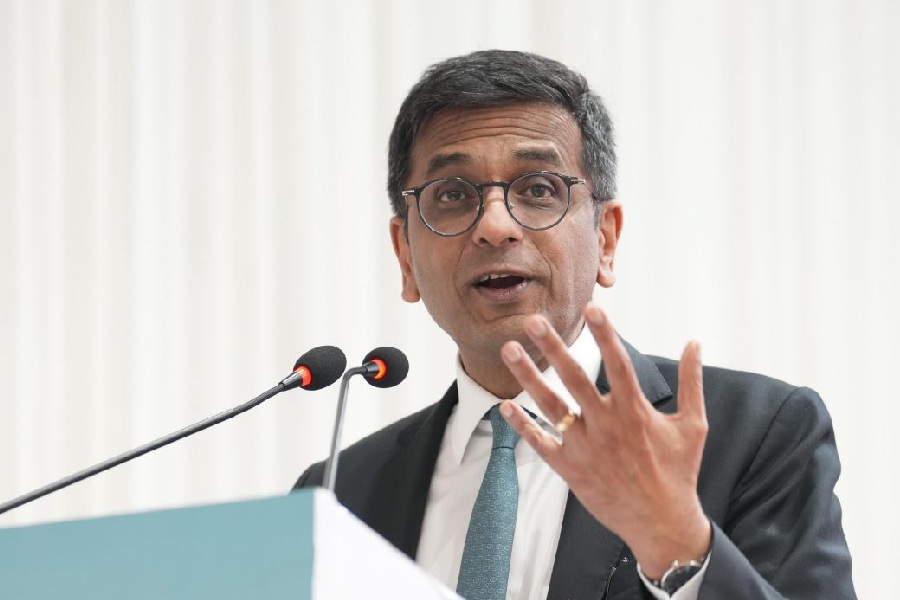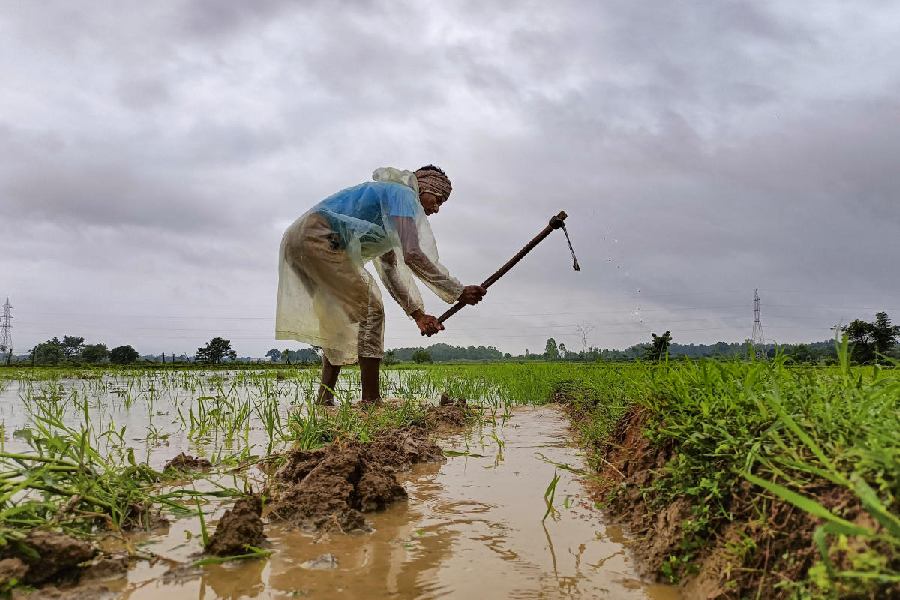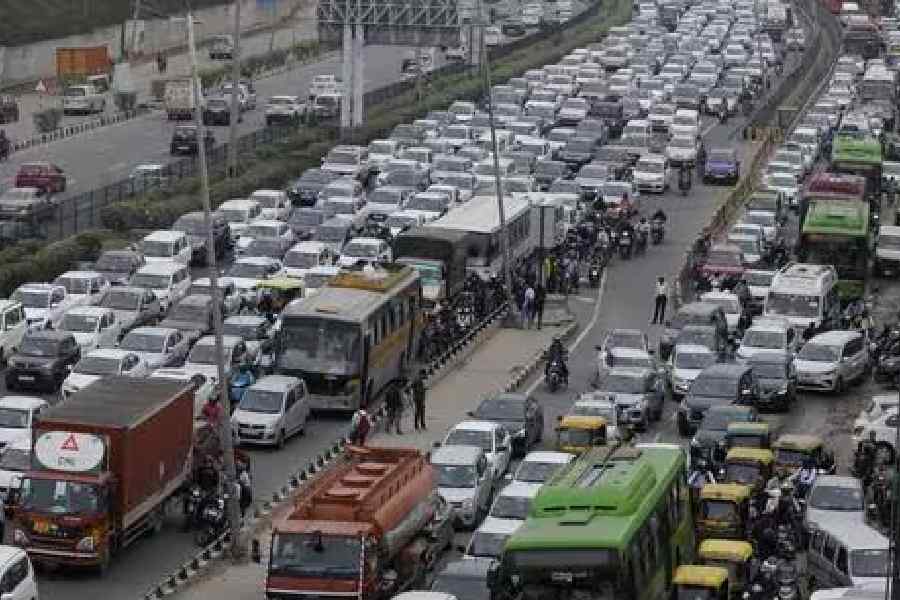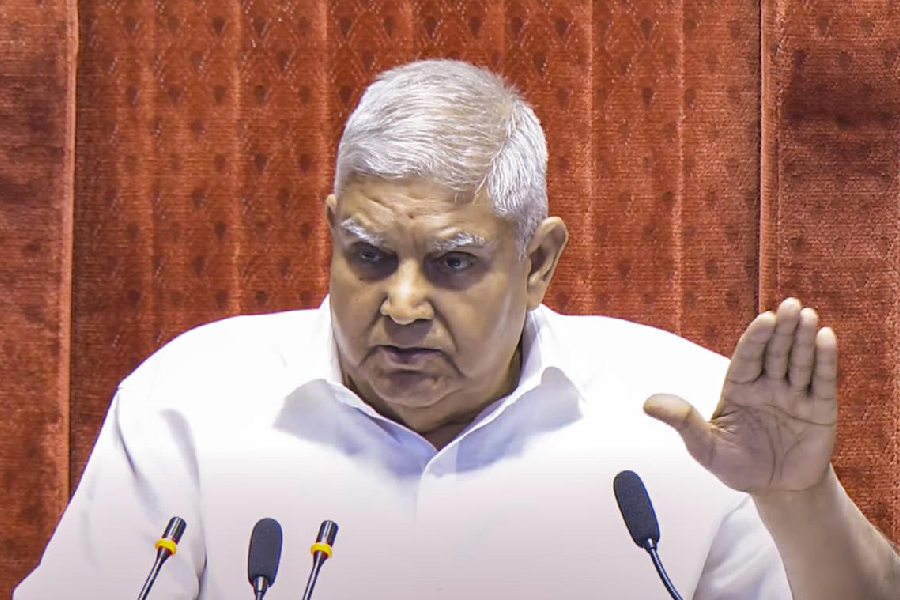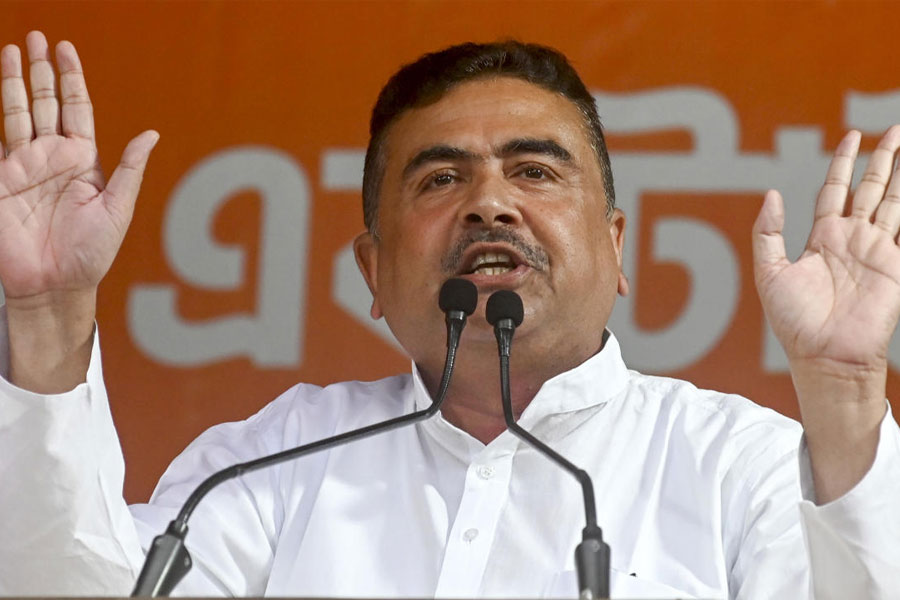 |
| FULL MERCS: The family members of four of the millionaires from Aurangabad with their brand new cars |
There’s excitement in the air. Visitors have been trooping in, eager to see the new entrant in the lives of the Nagoris.
It’s not a baby that they are excited about but a new Mercedes Benz. On October 15, real estate developer Sachin Nagori, 41, got possession of his Rs 48 lakh Mercedes Benz E-series car. He was part of the group of 150 millionaires from Aurangabad who had booked the car — one for each — in April in a bid that suggests the town has arrived on the map of affluence.
For decades Aurangabad was known for its historic Ajanta and Ellora caves. Today, the talk is all about how the 15-lakh strong town is emerging as an industrial hub. “We decided to buy the cars in bulk because we wanted to be in the news. Now outsiders know that Aurangabadis have enough money to live a luxurious life like others in big cities,” says Nagori, who convinced the town’s rich to join the Mercedes club.
For a while now, the town has been in the news. Though development had been taking place since the Eighties, the signs of prosperity are evident now. Ancillary units that followed the core industries have led to the expanding affluence of the locals. “More than 2.7 lakh people are directly employed in various industries,” says Mukund Kulkarni, vice-president, Chamber of Marathwada Industries and Agriculture (CMIA).
Aurangabad is an industrial oasis in Marathwada, known mostly as a backward region. The industries that flourish in and around the town include automobiles, pharmaceuticals, real estate, steel, seeds, packaging and consumer durables. Several multinational companies have manufacturing units here. “This region was once called backward. Now things have changed,” says Maharashtra’s industries minister Rajendra Darda, a member of the state legislative assembly from Aurangabad.
Take the pharmaceuticals industry. Over 40 companies, including Wockhardt, Lupin Laboratories and Johnson & Johnson have set up business here, employing about 7,000 people. “It’s a question of location,” says Madhusudan Bhagwandas Agarwal, vice-chairman of the Rs 400 crore Ajanta Pharma, who set up the first pharmaceutical unit in Aurangabad in 1973 and now owns three more. “It’s close to Mumbai and Pune, has cheap labour and land, and the temperature is moderate.” The units also have access to clean water from the Jayakwadi Dam on the river Godavari.
These factors have worked for other industries too. Automobile companies Bajaj Auto and Volkswagen have set up business here. So have Goodyear India, Videocon, Siemens and Crompton Greaves.
The arrival of each big company has had a cascading effect. “Ancillary units facilitating each sector have grown simultaneously,” says Aurangabad collector Kunal Kumar. After Bajaj Auto opened its unit in 1985, locals started supplying it with products such as computer numerical controlled machine tools and steel auto parts. “Aurangabad is a goldmine of opportunities,” says Sailesh Kasliwal, owner of Sanmati Steel and proud owner of a Mercedes.
The automobile industry and the auto ancillary industry — the most prosperous sector operating from Aurangabad — generate Rs 10,000 crore a year. The CMIA is setting up a Rs 81 crore Marathwada Auto Cluster, which is expected to have 1,200 ancillary and engineering units. “As ancillary units grow, employment rates and income levels of locals grow too. A town with such a strong industrial base is bound to prosper,” says Preeti Kakar, a research analyst at the New Delhi-based National Council of Applied Economic Research.
Not surprisingly, companies such as Mercedes Benz are looking at Aurangabad as a growing market. “We plan to look for suppliers here because we are sure more such deals will come through,” says Wilfried Aulbur, managing director and CEO, Mercedes Benz India.
Six beer manufacturers, including the UB Group and Shaw Wallace, producing 130 million litres of beer annually, have also set up shop in Aurangabad. With 70 per cent of the seeds of most major crops in India being grown in and around Aurangabad, the seed business too is worth Rs 6,700 crore, says Akash Kagliwal, director of the Nath Group, a seed major.
Kumar adds that since Aurangabad falls under the Indo-Japan sponsored Delhi-Mumbai industrial corridor, more industrial units will come up.
With so much industrial activity, the signs of affluence are there for all to see. Signboards point to the presence of global brands. In October, the glitzy Prozone Mall opened, showcasing top brands. Ghalib Kazi, supervisor at Globus Stores in Prozone, says the fashion outlet had sales of Rs 10 lakh in 10 days.
CMIA’s Kulkarni stresses that 67 per cent of the population in Aurangabad is middle-class and has “good purchasing power”. The poverty level, recorded in 2002, is 28.7 per cent. In 2008-2009, the latest year for which figures are available, the per capita income was Rs 49,465 while the Indian average in 2009-2010 was Rs 43,749 .
The town’s landscape is changing too. In the past four years, three flyovers have come up and work on four is in progress. Frequently visited by tourists and businessmen, the town has five five-star hotels and will soon have an international convention centre.
What’s more, Aurangabad is also turning into an educational hub. It has 121 institutions, of which more than 50 are technical schools. Seven more are expected to start soon.
Not surprisingly, land prices have soared. “An acre of land which was available for Rs 40 lakh seven years ago is now priced at Rs 4 crore,” says Sanjay Kasliwal, owner of real estate firm Kasliwal Construction.
But it’s not just the urban industrialist who has contributed to the growth. The region’s farmers are also doing their bit, their incomes having been pushed up by fertile land and modern farming methods. “My father had 10 acres of land. Because of high-tech farming, we now possess 82 acres of land,” says Brahma Jadhav of Hatnur, 45 kilometres from Aurangabad town. Jadhav earns nearly Rs 80 lakh a year by growing cotton, maize and ginger.
For Sachin Nagori, whose father was a lecturer, the Merc is the fruit of hard labour. When Nagori failed in college, he joined a real estate firm in 1988, for Rs 800 a month. Six years later, he was in the construction business. Today, he earns Rs 1 crore a year. “With the Merc, a new chapter has been added to my life” he says.
To his, and to Aurangabad’s.
Money talks
Per capita income (2008-2009)
National: Rs 40,141
Towns in Maharashtra: Nagpur: Rs.58,459
Kolhapur: Rs 55,931
Aurangabad: Rs 49,465


